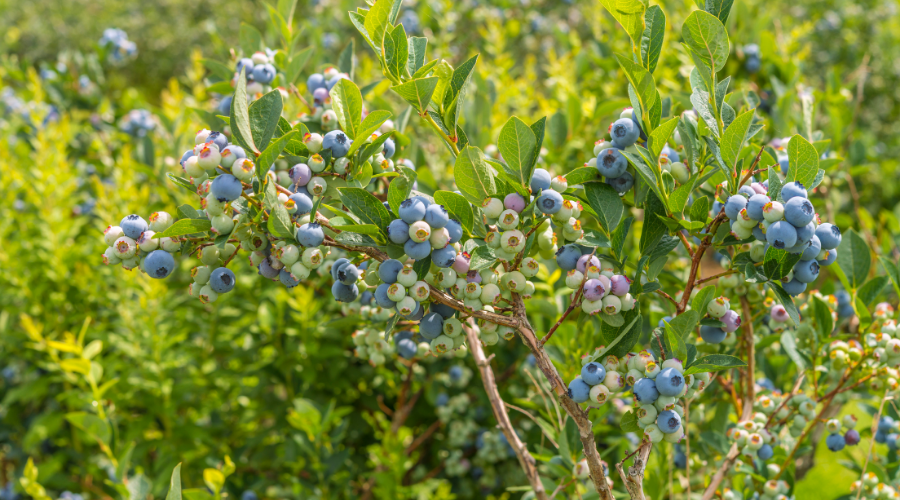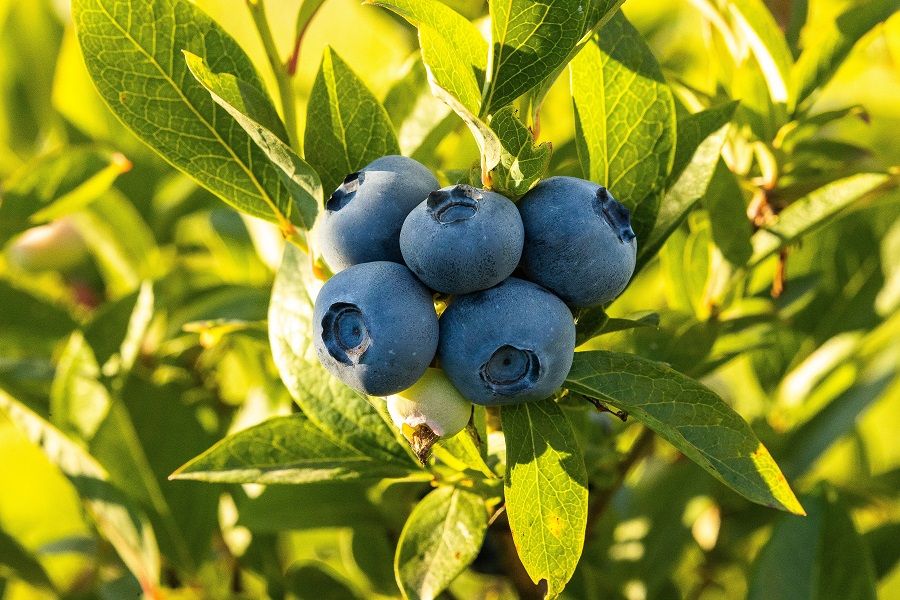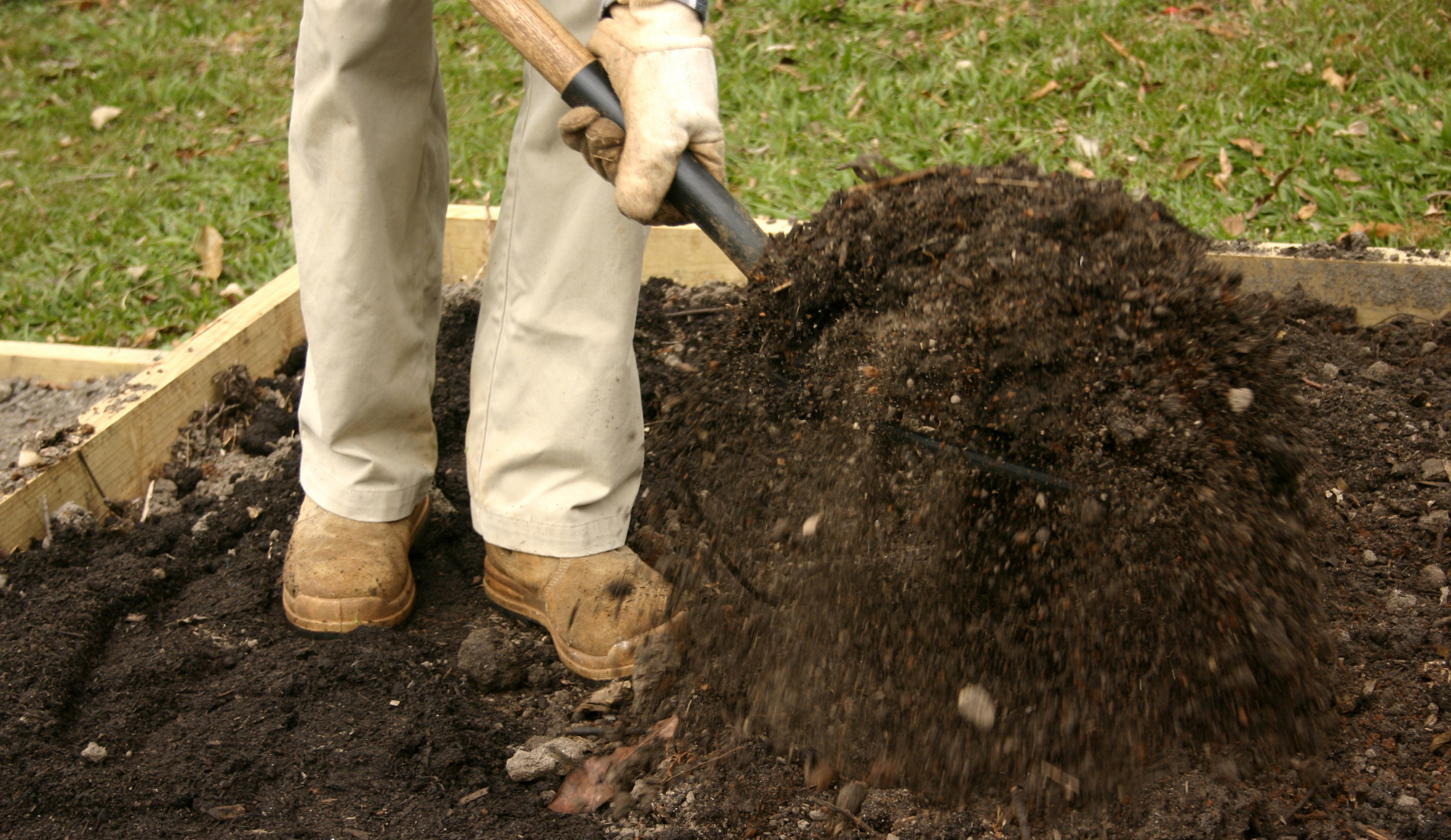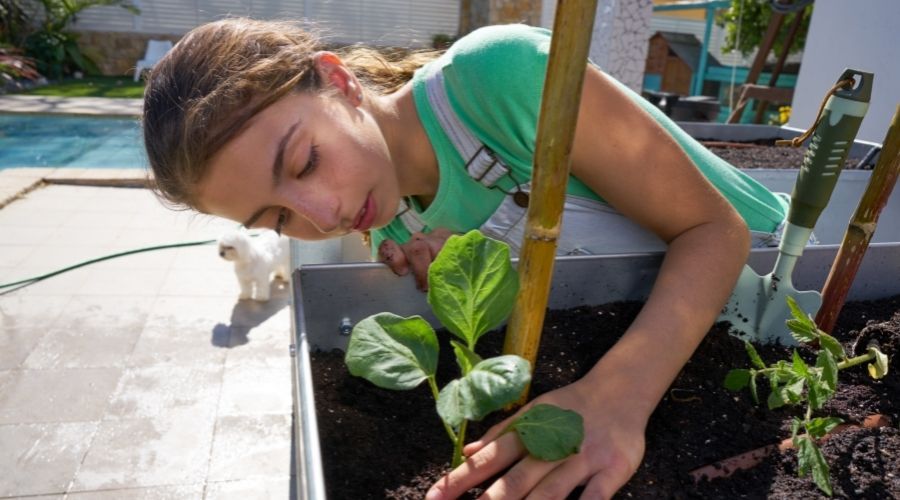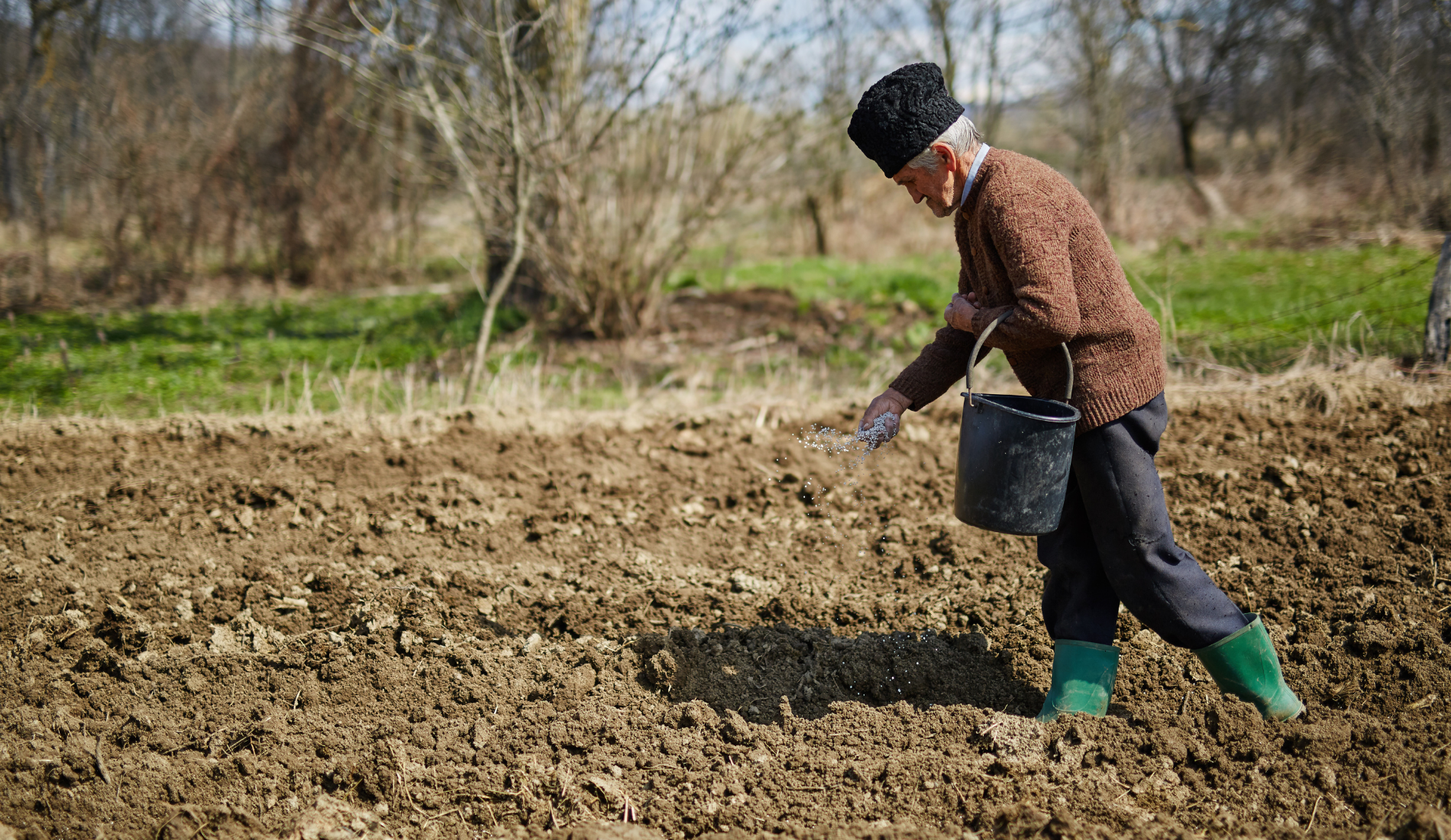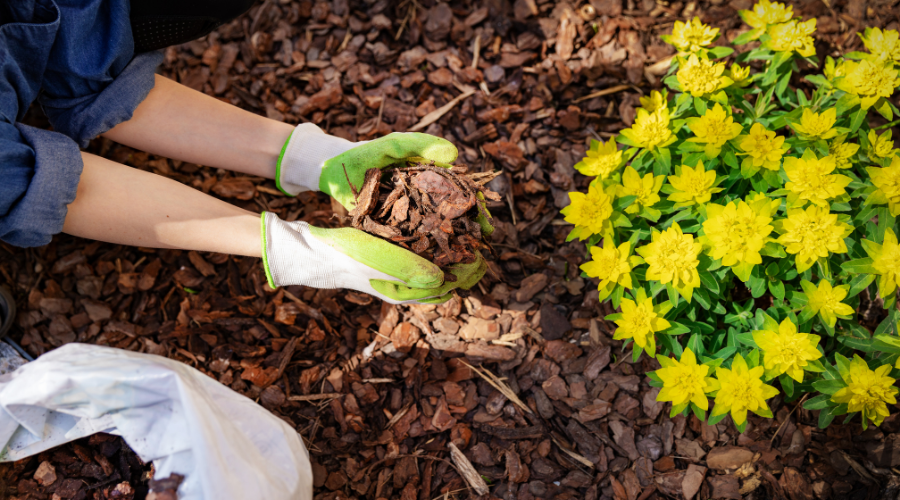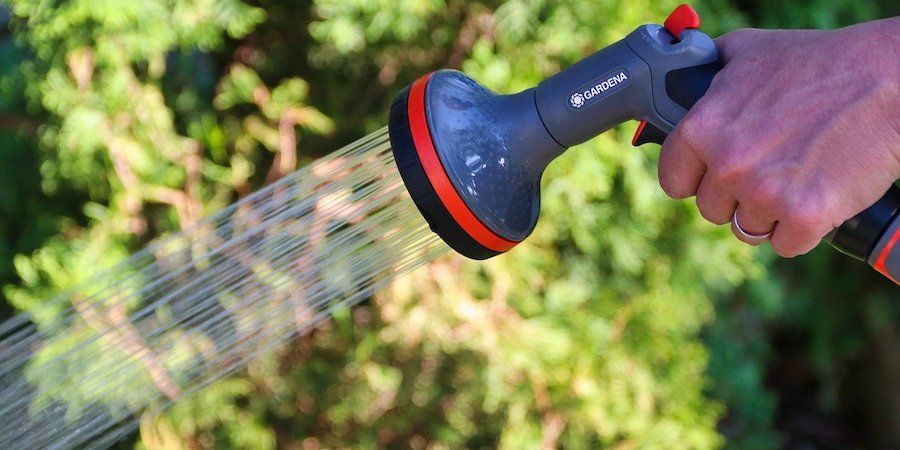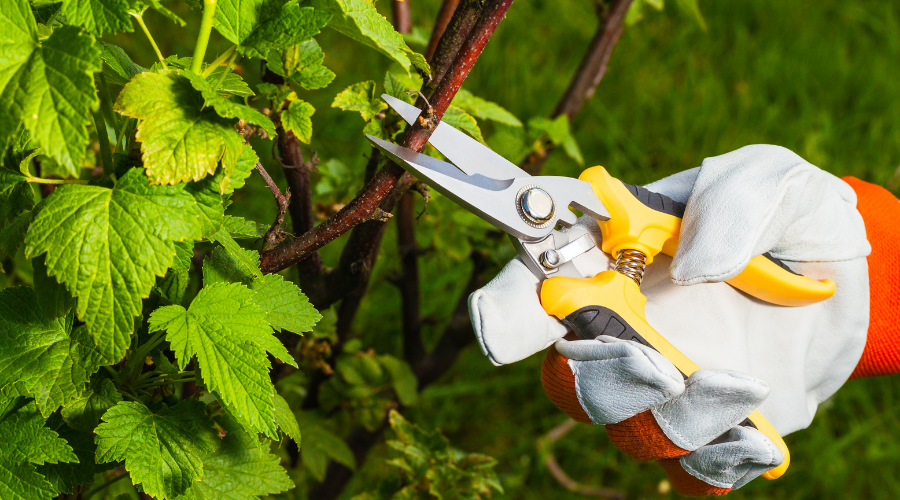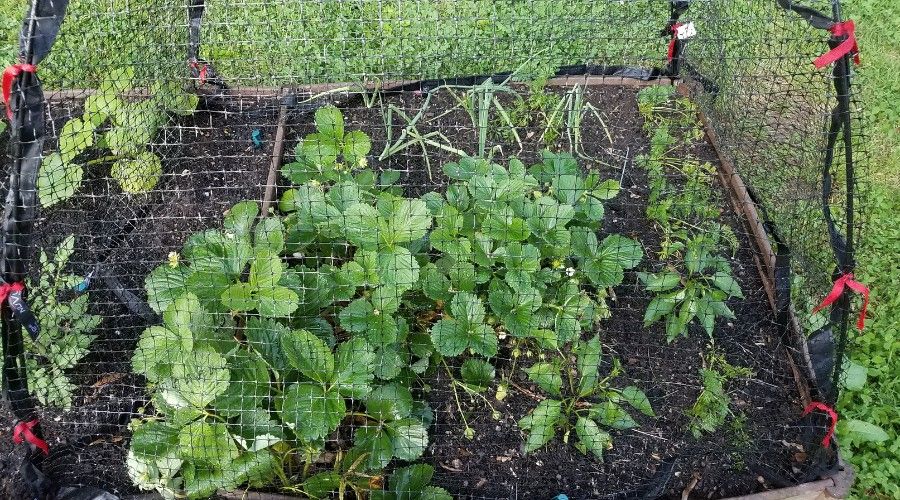Blueberries are a type of fruit that can be grown in many different climates. They are very popular among fruit growers because of their unique flavor and nutritional value. Blueberries are also one of the easiest fruits to grow, and they can be grown in a variety of ways.
If you're looking to add blueberries to your home fruit garden, here is a step-by-step guide on how to grow blueberries successfully.
Materials You’ll Need
There are several materials needed to successfully grow blueberries, including blueberry plants, potting soil, fertilizer, pesticide, and a watering can. Additionally, having pruning shears on hand will help you maintain your blueberry plants over time and keep them healthy and productive. Whether you are growing blueberries in a garden or pots indoors, these materials are essential for providing the right care and conditions for your plants to thrive. So, if you're interested in cultivating these sweet berries at home, be sure to gather all of the necessary supplies before getting started!
- Blueberry plants
- Potting soil
- Fertilizer
- Pesticide
- Watering can
- Pruning shears
Growing Your Blueberry Plants
Step One- Buying the Right Blueberry Plants
Image credits: PetrovVadim via Canva
Start with high-quality plants. When buying blueberry plants, make sure to choose varieties that are suited for your climate and soil type. Northern regions will do best with cultivars such as 'Bluecrop' or 'Jersey', while southern regions should opt for 'Sharpblue' or 'Sunshine Blue'.
It's also important to buy from a reputable nursery or garden center, so you know you're getting healthy plants.
Step Two- Find the Right Spot
Image credits: Alex Ushakoff via Unsplash
Find an area in your yard that gets full sun for at least 6 to 8 hours each day. Blueberries prefer well-drained, sandy soil with a pH between 4.5 and 5.5. If you're not sure about the pH of your soil, you can have it tested by your local cooperative extension service.
Step Three- Prepare Your Soil
Image credits: JudiParkinson via Canva
Amend the soil in your planting area by mixing in some organic matter, such as compost or aged manure. This will help improve drainage and provide nutrients for your plants.
Step Four- Plant Your Blueberry Plants
Image Credit: Lunamarina on Canva
Plant in well-drained soil. Blueberries need soil that is rich in organic matter and drains well. If your soil is heavy or clay-like, mix in some sand or other amendments to improve drainage. Plant your blueberry bushes in early spring, setting them about 4 to 6 feet apart. Dig a hole that's large enough to accommodate the root ball, and then backfill with the amended soil.
Step Five- Fertilize
Image credits: Slatan via Canva
Add an organic fertilizer. Blueberries are heavy feeders and will benefit from regular applications of fertilizer. Look for an organic fertilizer that is high in phosphorus, which will help encourage blooming and fruiting. Fertilize your blueberries in early spring and again in mid-summer with an organic fertilizer formulated for acid-loving plants.
Step Six- Add Mulch
Image credit: ronstik via Canva
Mulch around the plants. Mulching blueberry plants helps keep the roots cool and moist and helps prevent weeds from competing with the plants for resources. Use an organic mulch like pine straw or wood chips.
Caring For Your Blueberry Plants
Step One- Watering
Image credits: planet_fox via Pixabay
Water regularly. Blueberries need consistent moisture to produce abundant fruit crops. Water deeply and thoroughly at least once a week, and water more often if the weather is very hot or dry.
Step Two- Pruning
Image credits: alexxl via Canva
Prune regularly. You should prune blueberries annually to help stimulate new growth and keep the plants healthy. Prune early in the growing season, just after the flowers have faded but before fruiting begins.
Step Three- Protecting Your Blueberries
Image credits: Justin Smith via Canva
Once the berries start to ripen, you'll need to protect them from birds. Covering the plants with netting can help keep them safe until they are ready to harvest.
Step Four- Harvesting
Image credits: ChiemSeherin via Pixabay
Harvest your blueberries when they are plump and deep blue, using a pair of scissors or pruning shears to clip the berries from their stems. Store the fresh berries in the refrigerator for up to 10 days, or freeze them for future use. With regular care and maintenance, your blueberry bushes should produce a good crop of delicious berries each year.
In Summary
As you can see, many different things go into successfully growing blueberries. Whether you're an experienced gardener or a beginner looking to try something new, being diligent with your care and maintenance of your blueberry plants will help ensure a bountiful harvest for years to come!
Do you have any tips or tricks? Reach out to us and let us know. We would love to hear from you!


